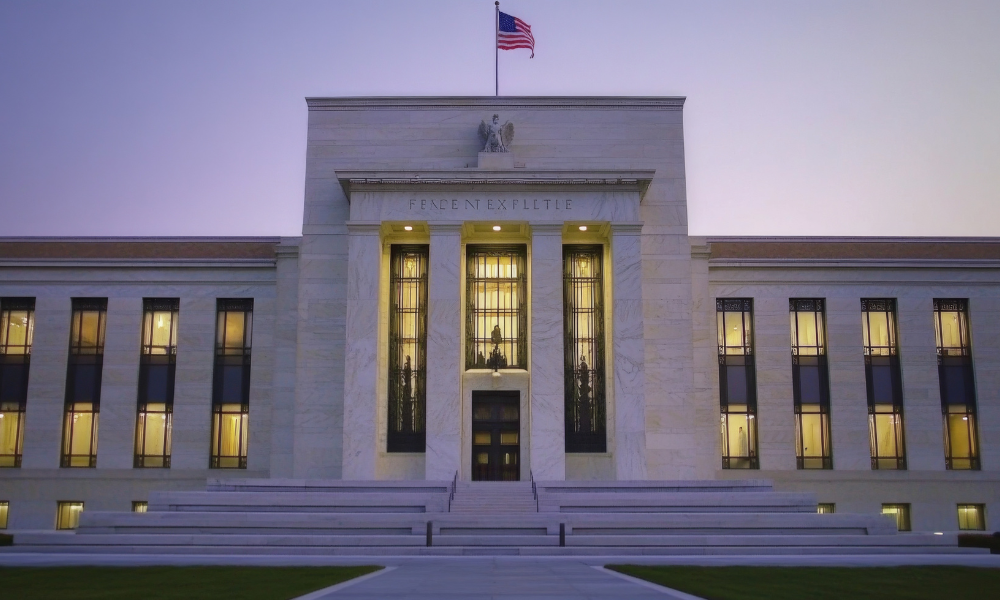RBC tests AI model across fraud, mobile and personalisation as it targets $1 billion in value by 2027

RBC’s proprietary AI model, ATOM, processes up to 10 billion transactions per minute and is now embedded in several banking functions, including credit adjudication and client personalisation.
Developed by RBC Borealis, the bank’s research institute, ATOM was trained on large-scale internal financial datasets, including billions of client transactions.
It draws on data from the Lumina platform, which collects and curates event data across RBC’s business lines.
In credit adjudication, ATOM contributes to lending decisions by analysing complex datasets—such as transaction histories and non-traditional sources—to assess client needs and financial capacity.
“Adjudication benefits from AI's strength in pattern recognition, ability to consume large volumes of data at velocity, and where needed, continuously learn, and refine models,” said Gopala Narayanan, SVP, chief risk officer, Personal Banking.
RBC said that the model also supports clients with limited credit histories, such as newcomers.
ATOM is also in use within Avion Rewards, described by RBC as the country’s largest proprietary loyalty program.
The model enables personalisation in offers sent to the 1.3 million monthly viewers of the Avion Redemption Newsletter.
RBC reported a rise in redemption conversion, program benefit adoption, and cost savings following the model’s integration.
“Applying ATOM to Avion Rewards has allowed us to streamline our offerings and recommendations to members,” said Simon Maycock, senior vice president, Loyalty.
Initially deployed in 2023, ATOM is now under review for use in additional areas including fraud detection and personalisation through digital and mobile banking channels.
RBC also noted the model forms part of North for Banking, its ongoing work with Cohere to advance generative AI use securely across the institution.
RBC said the model supports its broader objective of achieving $700m to $1bn in enterprise value from AI-enabled services by 2027.
“ATOM represents the future of banking at RBC,” said Foteini Agrafioti, SVP and chief science officer. “It helps to personalize products and services at an individual level and enables us to more deeply understand our clients’ individual circumstances.”
Bruce Ross, group head, Technology & Operations, said the bank’s decade-long investment in data infrastructure and model development had created the environment to apply ATOM securely.
“Now we can pull the right details and insights to understand our clients’ needs,” said Ross.



